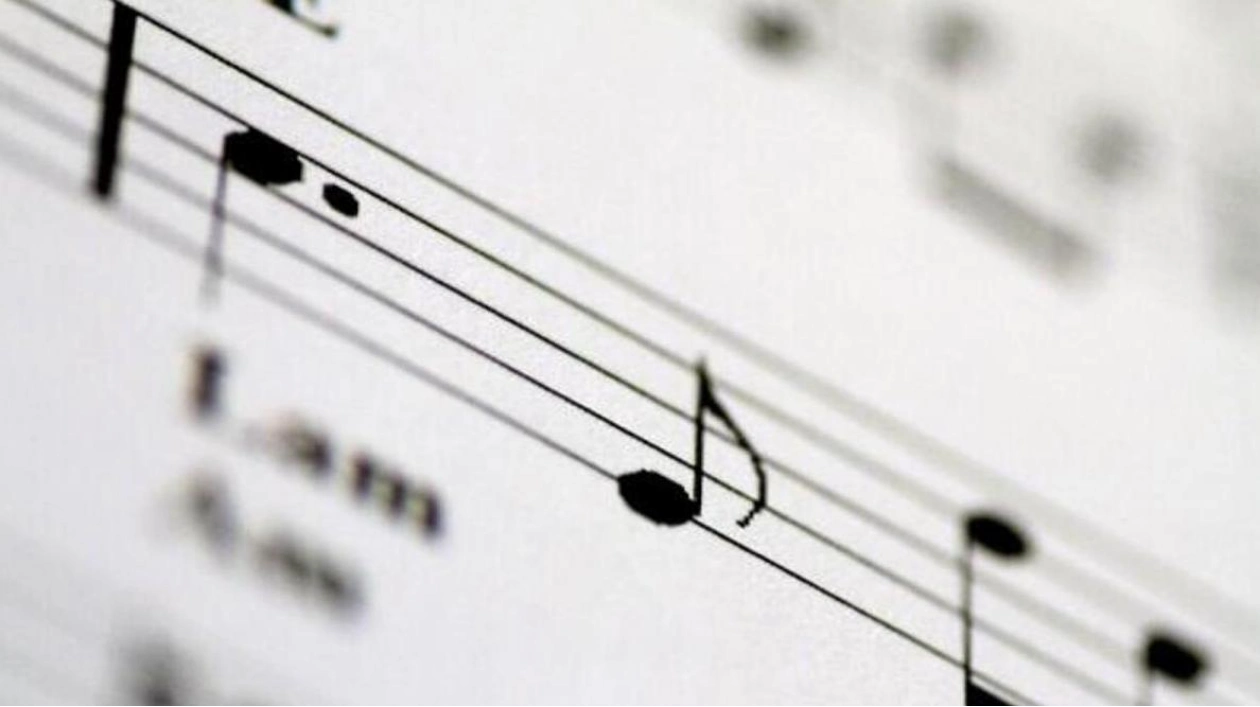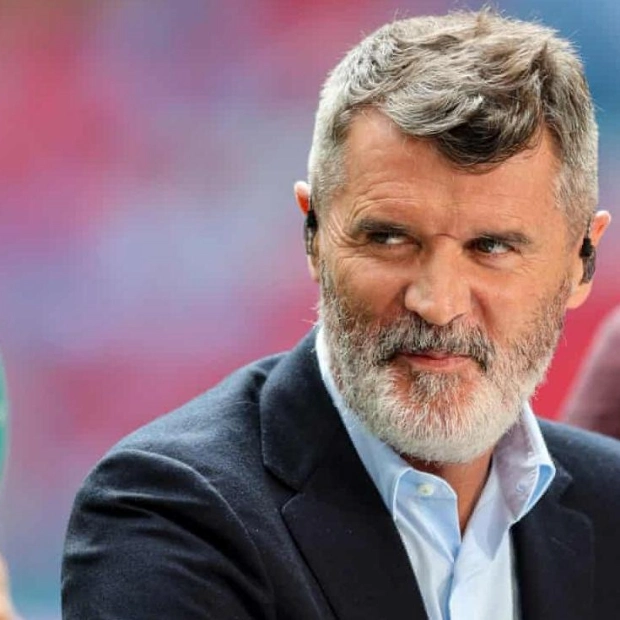Envision a treatment that harnesses the global language of music to mend both the mind and body. Music therapy, a burgeoning discipline gaining popularity globally, achieves precisely that. A Dubai-based expert elucidates how this potent approach is revolutionizing healthcare, providing fresh hope and balance to patients across all age groups.
"Music therapy is a clinically proven and evidence-based application of musical interventions to achieve personalized objectives within a therapeutic partnership," explained Sasha McLeod, an expert at Georgetown Early Years Intervention Centre, in an interview with Khaleej Times. "It involves a structured therapeutic process encompassing evaluation, goal-setting, treatment, and recommendations, distinct from a workshop or performance. This technique is known as the Transformational Design Model in Neurologic Music Therapy," she elaborated, noting: "It is conducted by a certified professional who has completed a recognized music therapy program or holds a Master's Degree and has proficiency in multiple instruments."
McLeod stated: "The main objectives of music therapy vary based on the client group and their specific needs. These aims might involve enhancing cognitive function and physical recovery, as well as bolstering mental health, communication abilities, and emotional support." It can also facilitate developmental milestones, emotional regulation, social skills, and strengthen patient and family bonds.
"The session may commence with a welcoming song to build rapport and set the session's mood," McLeod described. "This might be followed by a mix of activities such as playing instruments, singing familiar tunes, and engaging in musical and improvisational methods." A calming activity, like listening to tranquil music or a song, is often conducted at the session's end to assist the patient in returning to their routine.
Integrating music therapy with other treatments enhances their effectiveness. "It can diminish anxiety and stress, making patients more open to other treatments," McLeod noted. "Rhythmic entrainment can motivate and guide movement during physical therapy, improving outcomes for stroke or ASD patients. Music therapy aids in emotional expression in mental health by helping patients recognize and articulate difficult emotions."
Music therapy has demonstrated specific benefits for various conditions. McLeod highlighted its effectiveness for Autism Spectrum Disorder (ASD), Attention Deficit Hyperactivity Disorder (ADHD), anxiety and depression, trauma and PTSD, developmental disabilities, neurological disorders like stroke and Parkinson’s disease, chronic pain, and pre- and post-surgical care. Patients receiving music therapy enjoy a broad spectrum of treatments. "Improvisation involves creating spontaneous music to convey feelings and thoughts, while receptive listening allows patients to hear live or recorded music and discuss their emotional or cognitive reactions," McLeod outlined, mentioning several popular methods. Other crucial skills include lyric analysis, instrument playing, movement to music, composition, and therapeutic singing.
Tailoring sessions to meet each patient's needs is vital for successful music therapy. "This involves evaluating the individual’s needs, preferences, and therapeutic goals," McLeod explained, adding: "To ensure therapies are engaging and effective, factors such as the patient's age, developmental stage, health, musical background, and personal interests are considered."






